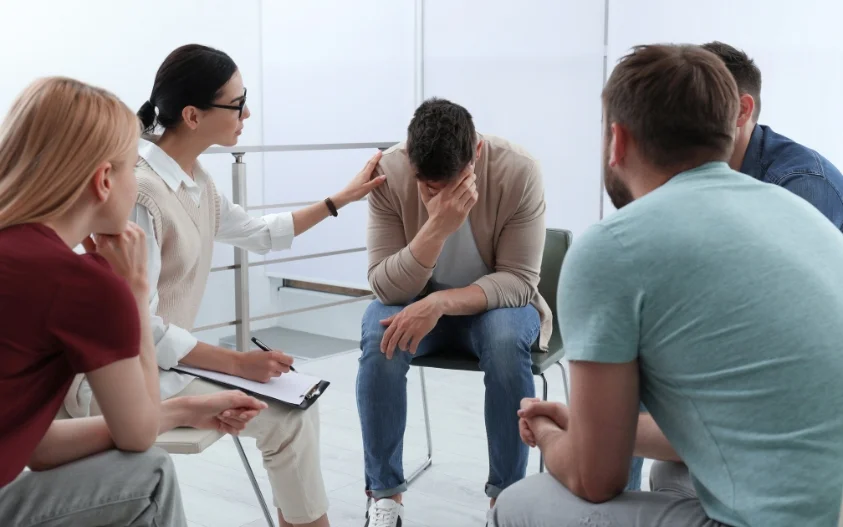24/7 Helpline:
(866) 899-221924/7 Helpline:
(866) 899-2219
Learn more about Anxiety Treatment centers in Peru

Other Insurance Options

BlueShield

Molina Healthcare

Horizon Healthcare Service

ComPsych

Carleon

Medical Mutual of Ohio

Optum

Health Partners

Holman Group

Anthem

Sutter

Access to Recovery (ATR) Voucher

Ceridian

GEHA

United Health Care

Highmark

Health Choice

AllWell

Regence

Absolute Total Care









